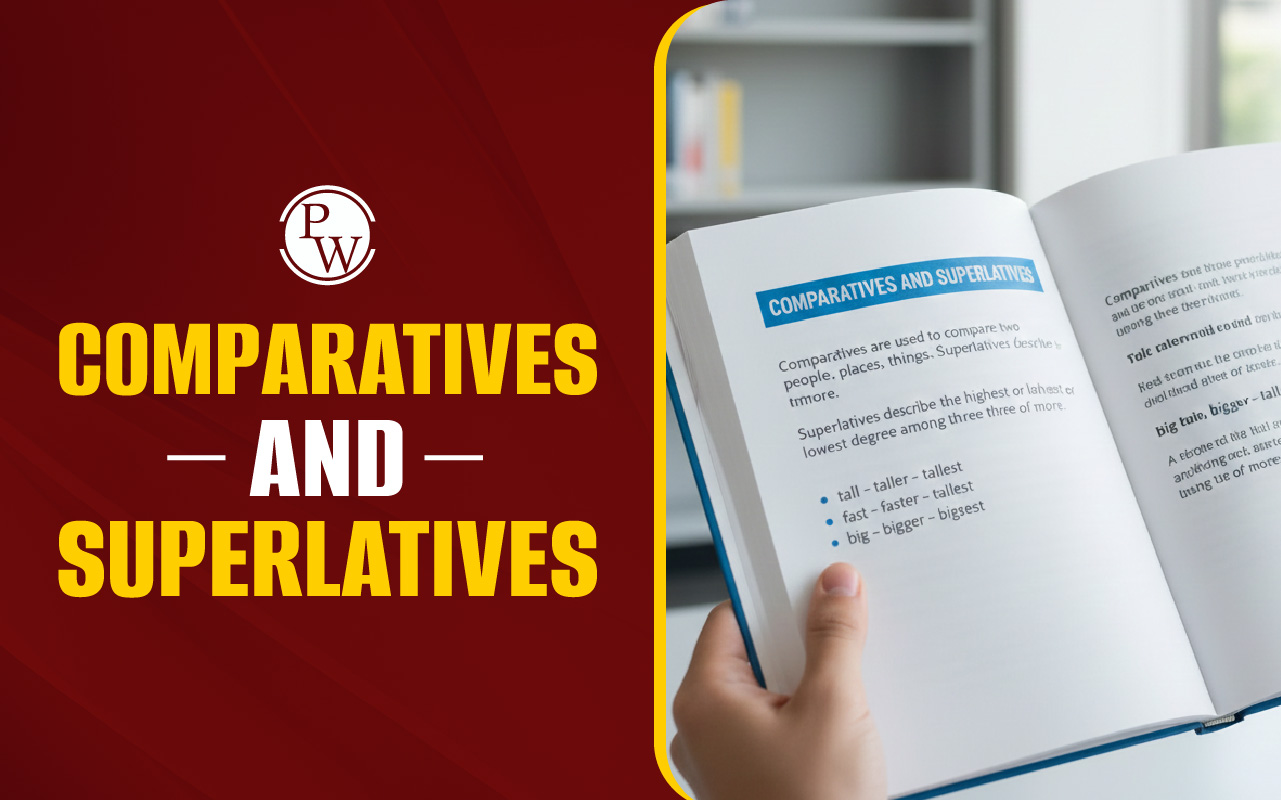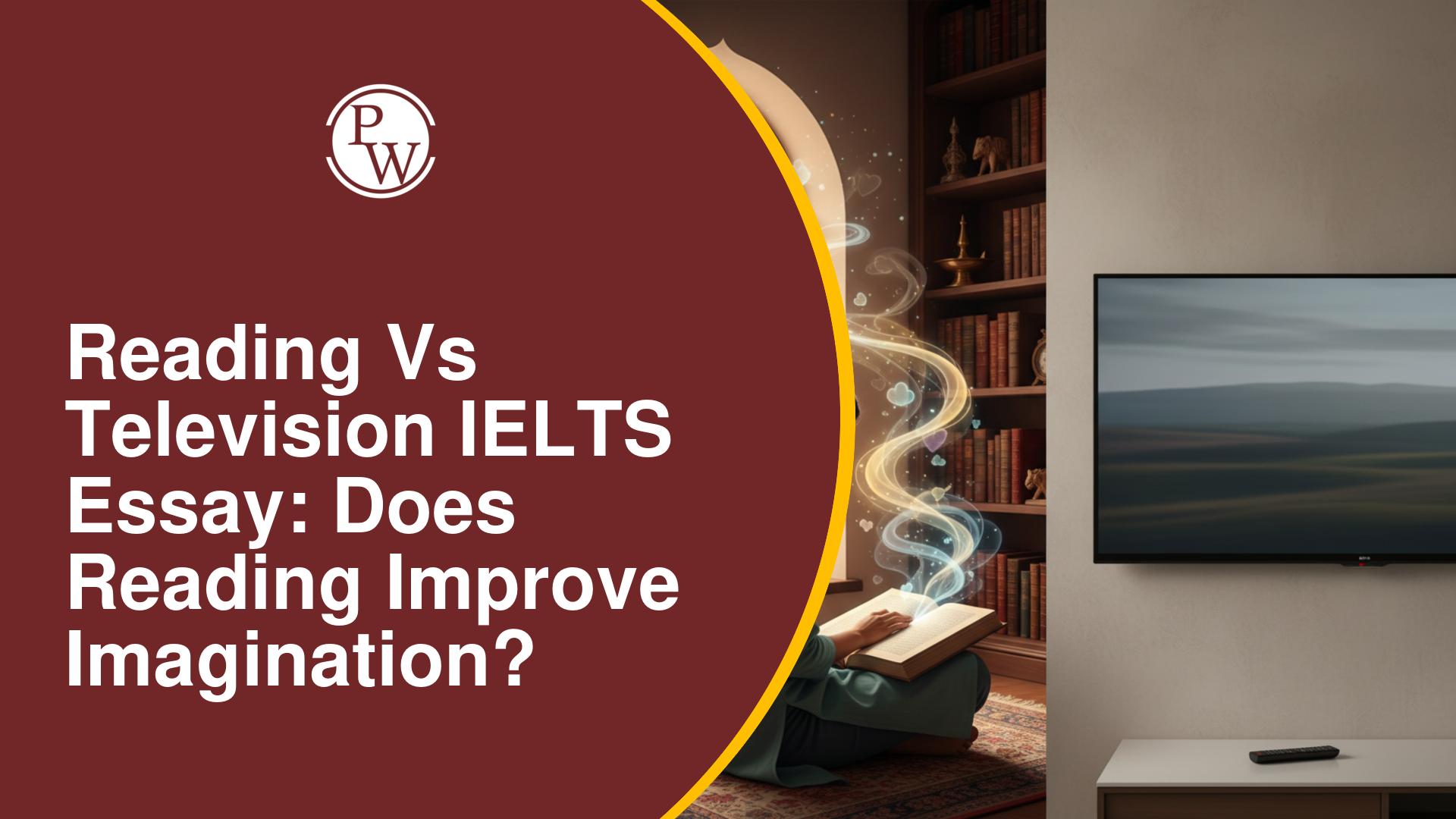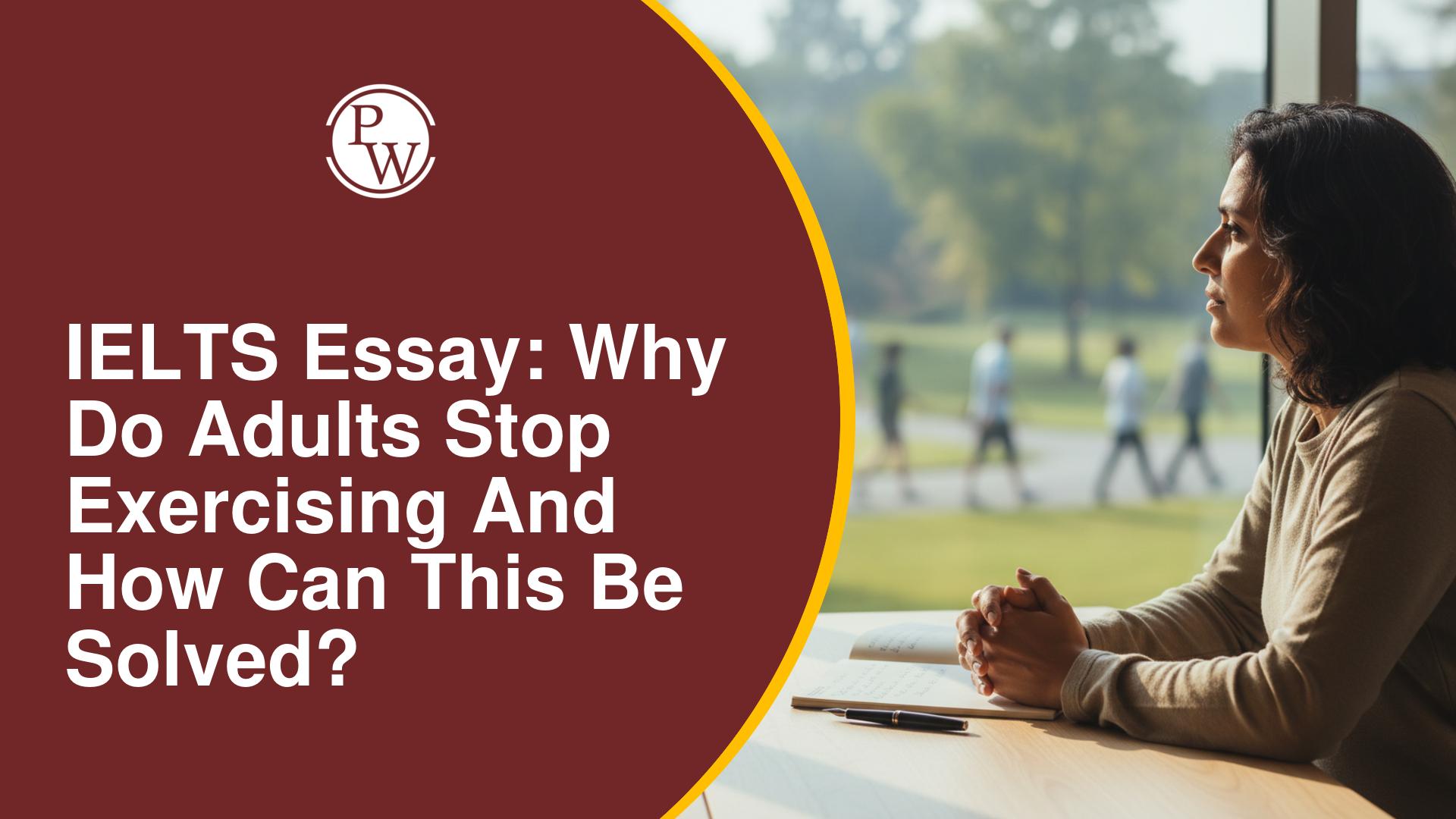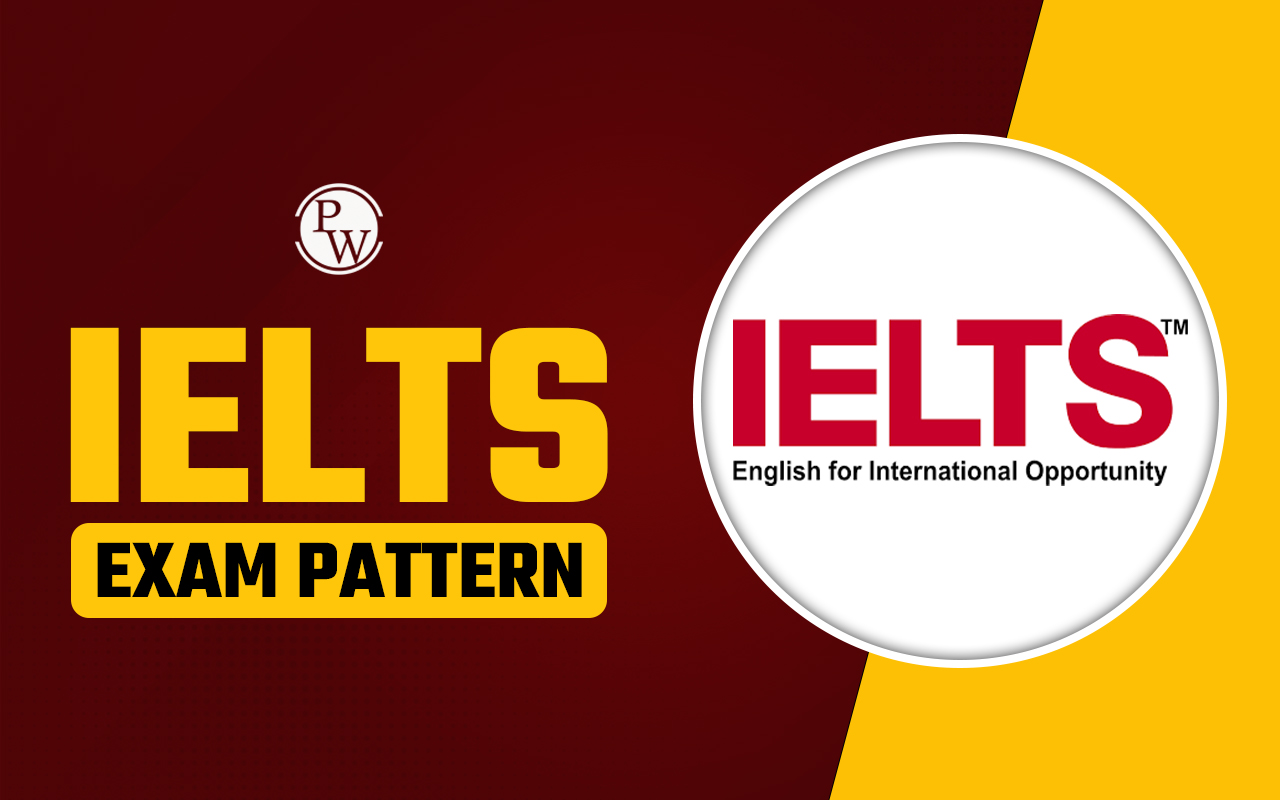
Dawn Of The Robots Reading Answers passage is a popular choice in IELTS practice. It tests skills with complex ideas about AI and machines. The Dawn of the Robots Reading Answers help you check accuracy and understand key concepts. You will also find Dawn of the Robots Reading Questions that challenge comprehension.
This is one of the interesting robots IELTS reading task from the robotics IELTS passage. To prepare better, explore IELTS Reading Topics, learn how to Handle Multiple Choice Questions in IELTS Reading, check IELTS Reading Test Format, practice IELTS Reading Question Types, and boost your IELTS Reading Band Score.
IELTS Dawn Of The Robots Reading Passage
The Dawn of the Robots Reading Passage explores advancements in robotics and AI. It is a widely used robot IELTS reading topic that tests comprehension through real-life scenarios. Learners practicing this robotics IELTS passage gain exposure to complex texts and improve analytical reading skills for the IELTS exam.
Dawn Of The Robots Reading Passage
A. At first glance, it appeared to be a typical suburban road accident. A Land Rover approached a Chevrolet Tahoe estate car that had stopped at a curb; the Land Rover drove out and attempted to pass the Tahoe just as it started off again. There was a crack of the fender and the sound of paint being scraped, the kind of minor accident that occurs tens of thousands of times a day on the roads. Typically, drivers exit their vehicles, gesticulate, exchange insurance information, and then drive away. In November’s DARPA (U.S. Defence Advanced Research Projects Agency) Urban Challenge, both the Tahoe and the Land Rover were being driven by computers.
B. It’s mind-boggling to think that machines could perform to such high levels. Driving is a complex task that takes a long time for humans to master. Nonetheless, each car had its on-board computer loaded with a digital map and route plans, and was instructed to navigate busy roads, distinguish between pedestrians and stationary objects, determine whether other vehicles were parked or moving off, and handle various parking maneuvers, all of which robots proved to be surprisingly adept at. The fact that the only scrape in the entire tournament was between the robot Land Rover developed by researchers at the Massachusetts Institute of Technology and the Tahoe outfitted by Cornell University Artificial Intelligence (AI) experts was even more striking. However, only three years ago, at DARPA’s previous driverless car competition, every robot contender – assigned to traverse over a length of the open desert – crashed or seized up before reaching the finish line.
C. It is a stunning transition with obvious implications for the future of automobiles. Bill Gates, the CEO of Microsoft and an ardent supporter of robots and AI, has emphasized the significance of the advancements made in robotics and AI over the previous several years. He argues that the robotics sector is evolving similarly to the computer industry 30 years ago. As he points out, electronic corporations produce increasingly sophisticated gadgets that imitate pets and youngsters. Gates states, “I can envision a future in which robotic technologies would become practically ubiquitous in our daily lives.” We may be on the cusp of a new era in which the PC will leave the desktop and enable us to see, hear, touch, and operate objects in locations where we are not physically present.
D. What is the near-future potential for robots and computers? We have a long way to go before real robots catch up to their science fiction counterparts which is a fact, said Gates. Then, what are the stumbling blocks? One crucial challenge is teaching robots their proper location. This has nothing to do with etiquette or class but it is only a matter of location. Humans orient themselves with ease in relation to other objects in a room. Robots find the task to be nearly impossible. “Even something as simple as distinguishing between an open door and a window might be difficult for a robot”, according to Gates. This relegated robots to very immobile and cumbersome roles until recently.
E. Researchers tried to get around the problem a long time ago by mimicking the visual processing that occurs in the human cortex. However, this problem has proven to be extremely difficult and complex. “We have gotten substantially more pragmatic in our work,” says Nello Cristianini, professor of artificial intelligence at the University of Bristol in England and associate editor of the Journal of Artificial Intelligence Research. “We’re not trying to duplicate human functions anymore.” Instead, we’re searching for simpler options, such as using basic electronic sensors.’ Vacuuming robots like the Electrolux Trilobite are good examples of this strategy. The Trilobite scuttles around houses, producing ultrasonic signals that produce room maps that are saved for future cleaning. This form of technology, according to philosopher Ron Chrisley, chairman of the Centre for Research in Cognitive Science at the University of Sussex in England, is currently changing the face of robots.
F. Last year, Robot Kitchen, a new Hong Kong eatery, opened with two sensor-laden humanoid machines directing clients to their seats. Each one has a touch-screen where orders may be entered. After that, the robot returns with the proper dishes. Researchers from the University of Tokyo recently demonstrated a kitchen ‘android’ that could do things like wash dishes, make tea, and cook a few simple meals. The ultimate goal is to give robot house aides to the sick and elderly, which is a major problem in Japan, where 22% of the population is 65 or older. Over a billion dollars is spent each year on research into robots that can care for the elderly. ‘Robots must first learn basic skills, such as how to manoeuvre around a house without colliding with objects. Then we can consider teaching them how to communicate with humans,’ Chrisley explained. These machines lead academics into the topic of socialised robotics, which focuses on how to make robots behave in a way that does not terrify or offend people. ‘We need to figure out how robots should interact with people and how they should look.’ Chrisley says, “That is likely to be a significant topic for future research.”
IELTS Dawn Of The Robots Reading Questions
The Dawn of the Robots Reading Questions are designed to check deep understanding of the passage. These questions challenge vocabulary, detail recognition, and logical reasoning. By practicing such robots IELTS reading sets, students become familiar with the style and format of IELTS, boosting confidence and accuracy in exams.
| IELTS Dawn Of The Robots Reading Questions | |||
| Q.No | Question Type | Question | Options (if applicable) |
| 1 | Multiple Choice | In the DARPA Urban Challenge, who was controlling the vehicles? | A) Human drivers B) Computers C) Remote operators D) Traffic police |
| 2 | Multiple Choice | Which universities developed the vehicles involved in the minor crash? | A) MIT and Stanford B) MIT and Cornell C) Harvard and Oxford D) Stanford and Cornell |
| 3 | True/False/Not Given | In the 2004 DARPA desert challenge, most robot cars successfully completed the course. | |
| 4 | Multiple Choice | According to Bill Gates, the development of robotics is similar to which industry’s growth? | A) Automobile B) Aviation C) Computer D) Space exploration |
| 5 | True/False/Not Given | Bill Gates believes robots will remain confined to laboratories without practical applications. | |
| 6 | Sentence Completion | Robots struggle with orientation tasks, such as telling the difference between _____________. | |
| 7 | Multiple Choice | What approach did researchers adopt instead of imitating the human brain’s cortex? | A) Using basic sensors B) Copying human vision C) Installing cameras D) Programming emotions |
| 8 | Matching Information | Match the robot with its function: | a) Electrolux Trilobite b) Robot Kitchen c) Tokyo android |
| 9 | True/False/Not Given | Electrolux Trilobite creates maps of rooms using ultrasonic signals. | |
| 10 | Multiple Choice | What is Japan’s primary motivation for developing elderly care robots? | A) Reducing healthcare costs B) High aging population C) Lack of hospitals D) Exporting robots |
| 11 | True/False/Not Given | Robot Kitchen used robots to take food orders through touch screens. | |
| 12 | Sentence Completion | According to researchers, the future challenge is to make robots interact with humans in a way that does not ____________. | |
| 13 | Multiple Choice | Which philosopher mentioned that technology like Electrolux is reshaping robotics? | A) Bill Gates B) Ron Chrisley C) Nello Cristianini D) Alan Turing |
| 14 | True/False/Not Given | Nello Cristianini stated that researchers are now trying harder to replicate all human brain functions. | |
| 15 | Multiple Choice | What percentage of Japan’s population is aged 65 or older, as mentioned in the passage? | A) 18% B) 20% C) 22% D) 25% |
IELTS Dawn Of The Robots Reading Answers
The Dawn of the Robots Reading Answers provide correct solutions to check performance. Reviewing answers helps identify mistakes and refine strategies for the IELTS test. This section supports learners in mastering the robotics IELTS passage and strengthens preparation for similar robots IELTS reading practice exercises across various IELTS modules.
| IELTS Dawn Of The Robots Reading Answers | ||
| Q.No | Question | Answer |
| 1 | In the DARPA Urban Challenge, who was controlling the vehicles? | B – Computers |
| 2 | Which universities developed the vehicles involved in the minor crash? | B – MIT and Cornell |
| 3 | In the 2004 DARPA Desert Challenge, most robot cars successfully completed the course. | False |
| 4 | According to Bill Gates, the development of robotics is similar to which industry’s growth? | C – Computer |
| 5 | Bill Gates believes robots will remain confined to laboratories without practical applications. | False |
| 6 | Robots struggle with orientation tasks, such as telling the difference between _____________. | an open door and a window |
| 7 | What approach did researchers adopt instead of imitating the human brain’s cortex? | A – Using basic sensors |
| 8 | Match the robot with its function: | a → Vacuuming b → Serving food c → Cooking/washing |
| 9 | Electrolux Trilobite creates maps of rooms using ultrasonic signals. | True |
| 10 | What is Japan’s primary motivation for developing elderly care robots? | B – High aging population |
| 11 | Robot Kitchen used robots to take food orders through touch screens. | True |
| 12 | According to researchers, the future challenge is to make robots interact with humans in a way that does not ____________. | terrify or offend people |
| 13 | Which philosopher mentioned that technology like Electrolux is reshaping robotics? | B – Ron Chrisley |
| 14 | Nello Cristianini stated that researchers are now trying harder to replicate all human brain functions. | False |
| 15 | What percentage of Japan’s population is aged 65 or older, as mentioned in the passage? | C – 22% |
Guidance to PW IELTS Prep
IELTS Online Courses is a great initiative Physics Wallah took to help IELTS aspirants better prepare for the exam. Follow our below pages to learn more about the IELTS exam.| IELTS Reading Band Score | IELTS Listening Band Score |
| IELTS Speaking Band Score | IELTS Writing Band Score |
IELTS Dawn Of The Robots Reading Answers FAQs
What is the Dawn of the Robots Reading Passage about?
What type of questions come in Dawn of the Robots Reading Answers?
Why is Dawn of the Robots Reading Passage important for IELTS?
Where can students find Dawn of the Robots Reading Questions?
How do Dawn of the Robots Reading Answers help in preparation?










